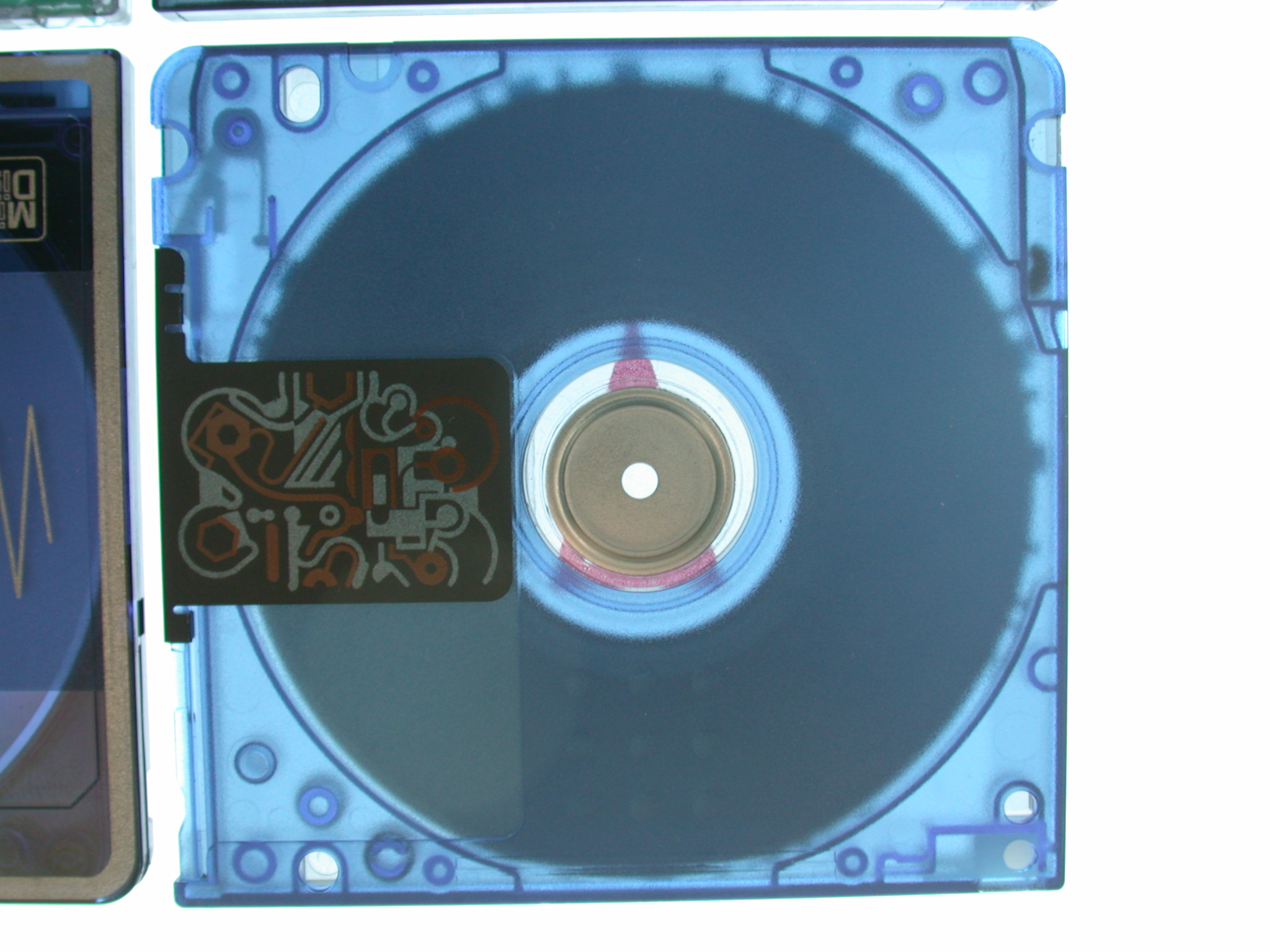SIMPLIFYING INTRICACY: SPECIALIST DATA ENTRANCE STRATEGIES
There are sophisticated strategies and devices readily available to streamline this complicated procedure and maximize your data access process. From utilizing innovative key-board shortcuts to leveraging automated information recognition tools and customized macros, understanding these expert data entry methods can substantially boost your productivity and data management capabilities.
Advanced Keyboard Shortcuts
 Grasping innovative key-board shortcuts in information entry is vital for maximizing performance and efficiency. Key-board mastery allows for performance optimization in dealing with big volumes of data.
Grasping innovative key-board shortcuts in information entry is vital for maximizing performance and efficiency. Key-board mastery allows for performance optimization in dealing with big volumes of data.
Furthermore, mastering faster ways like Ctrl + C and Ctrl + V for copypasting data speeds up the input process substantially. This keyboard mastery not just accelerates information entry tasks but also makes certain accuracy by minimizing the chances of transcription mistakes. Furthermore, using shortcuts like Ctrl + Z for undo activities can promptly deal with errors without interrupting your operations.
Automated Data Validation Devices
To improve your information entrance performance better, consider making use of Automated Data Validation Devices to improve the confirmation procedure and make sure data precision. These tools use a variety of advantages, including:
1. Data confirmation: Automated Data Validation Devices can quickly crossreference entered data with predefined regulations and styles, flagging any type of disparities for review. This helps in keeping data integrity and consistency throughout the data source.
2. Mistake detection: By immediately scanning for common data entrance errors such as misspellings, duplicate access, or incorrect layouts, these tools decrease the probability of mistakes slipping with unnoticed. This positive strategy to error detection saves time and decreases the need for manual intervention.
3. Effectiveness: Automated data entry copy paste Validation Devices dramatically speed up the confirmation process, enabling you to concentrate on other elements of information entry. With realtime validation comments, you can fix mistakes promptly, causing a much more streamlined and errorfree information entrance process.
Data Entry Macros and Scripts
Consider including information entrance macros and scripts right into your process to enhance recurring jobs and enhance effectiveness. Data entrance automation with macros and scripts can dramatically improve your performance by automating regular information entrance procedures. By creating macros that automate constant activities or tasks, you can save time and minimize the risk of errors in your information access tasks. These macros can be tailored to suit your particular data access needs, enabling you to input data quicker and precisely.
By utilizing manuscripts to automate common activities, such as formatting data or replicating details between various fields, you can simplify complex data entrance processes and enhance your overall process. Welcoming information entry automation through macros and manuscripts can change the method you manage information, conversion service making your jobs a lot more reliable and errorfree.
Streamlining Information Import Procedures
Boost the efficiency of your data administration by enhancing the procedure of importing data seamlessly. To simplify your data import procedures, take into consideration the complying with reliable information transfer strategies:
1. Automate Data Mapping: Use devices that instantly map information areas from source to location, lowering hand-operated initiative and reducing mistakes throughout data import.
2. Carry Out Batch Processing: Collection information right into batches before importing can significantly accelerate the process, especially when managing huge volumes of details.
3. Use Information Recognition Checks: Before importing, established up validation checks to make sure information stability, precision, and consistency, avoiding problems that might occur from importing wrong or insufficient information.
Enhancing Data Accuracy and Consistency
Enhancing the procedure of importing information effortlessly with structured data transfer techniques can significantly add to boosting data precision and consistency in your data management system. Data cleaning techniques play a crucial function in enhancing the quality of your data by recognizing and remedying errors, incongruities, and duplicates. By implementing robust data cleaning techniques, such as removing unnecessary details, systematizing layouts, and verifying data precision, you can make sure that your data source preserves high degrees of accuracy and uniformity.
Along with data cleaning techniques, error detection methods are vital for identifying discrepancies and data integration products anomalies within your dataset. Utilizing automated error detection tools can help identify errors in realtime, permitting immediate correction and stopping these mistakes from circulating throughout your system. Frequently monitoring information honesty and applying data validation rules work error discovery approaches that advertise data precision and uniformity with time.
From using innovative keyboard faster ways to leveraging automated data validation tools and custom macros, grasping these specialist data entry techniques can substantially boost your efficiency and data administration capabilities. Information entrance automation with macros and manuscripts can considerably enhance your productivity by automating routine information entrance processes. By making use of scripts to automate typical actions, such as formatting information or duplicating information between different areas, you can streamline complicated information entrance procedures and enhance your general operations. Optimizing the process of importing information effortlessly through streamlined information transfer techniques can considerably add to enhancing data accuracy and uniformity in your data administration system. Consistently monitoring data stability and applying information validation rules are reliable mistake detection approaches that advertise data accuracy and uniformity over time.

